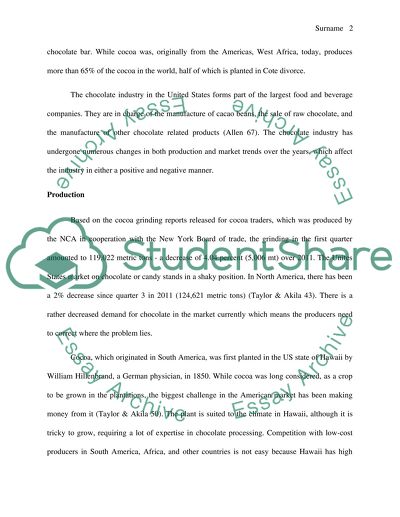Cite this document
(“Chocolate Research Paper Example | Topics and Well Written Essays - 1750 words”, n.d.)
Chocolate Research Paper Example | Topics and Well Written Essays - 1750 words. Retrieved from https://studentshare.org/macro-microeconomics/1474115-chocolate
Chocolate Research Paper Example | Topics and Well Written Essays - 1750 words. Retrieved from https://studentshare.org/macro-microeconomics/1474115-chocolate
(Chocolate Research Paper Example | Topics and Well Written Essays - 1750 Words)
Chocolate Research Paper Example | Topics and Well Written Essays - 1750 Words. https://studentshare.org/macro-microeconomics/1474115-chocolate.
Chocolate Research Paper Example | Topics and Well Written Essays - 1750 Words. https://studentshare.org/macro-microeconomics/1474115-chocolate.
“Chocolate Research Paper Example | Topics and Well Written Essays - 1750 Words”, n.d. https://studentshare.org/macro-microeconomics/1474115-chocolate.


